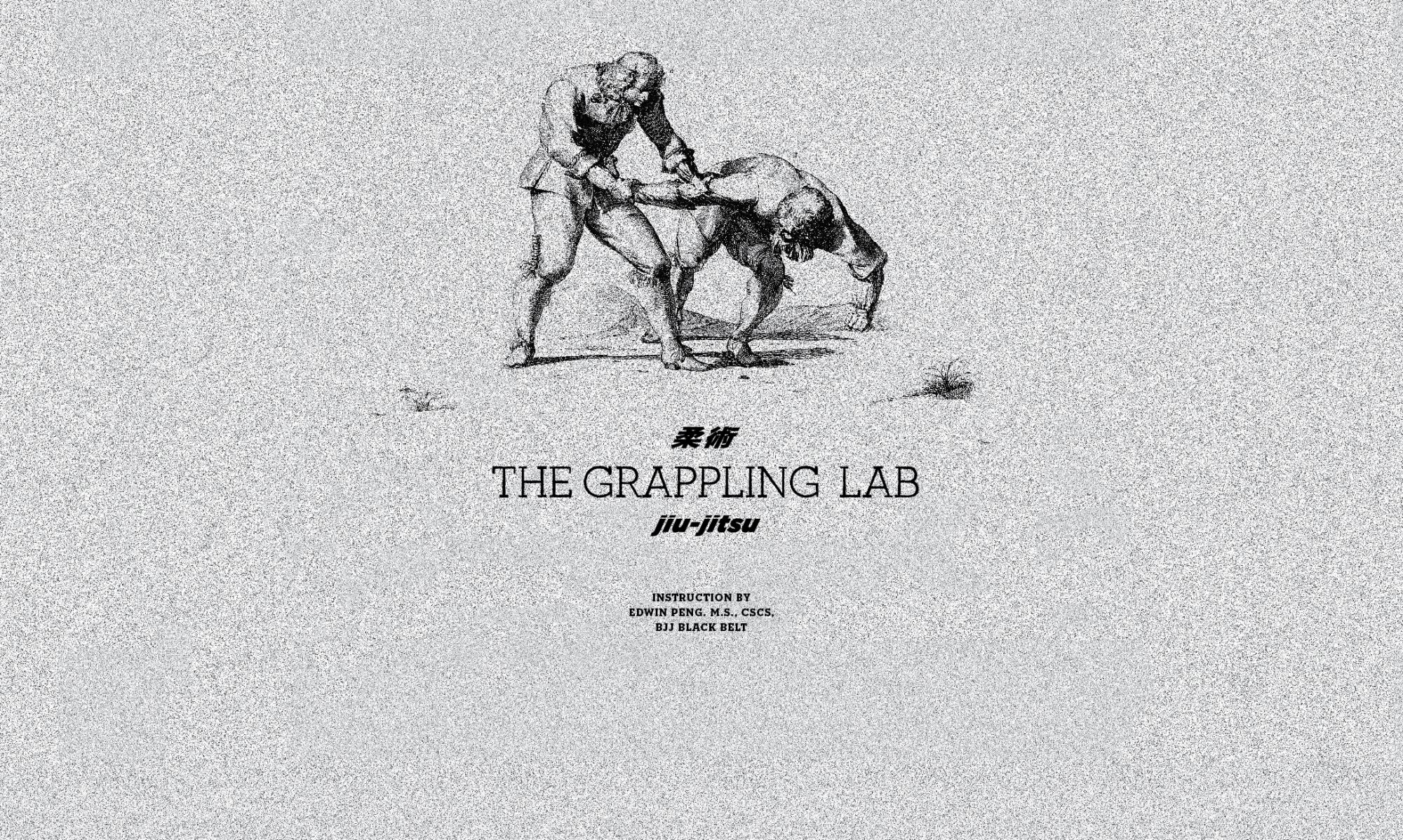Drilling is an important aspect of learning for a new student. The purpose of drills is to have an athlete create an automatic response to moves and setups commonly seen during live rolls or competitions. Due to a beginner’s lack of experience and ability to control the pace and positions during a roll, a beginner will rarely be able to implement techniques they have learned during the rolling portion of class. Drilling is an easy way to to increase the amount of physical practice of techniques and maneuvers, and thus learning. The following are important factors to consider when introducing drills to a class:
⦁ Drills should be practical and relevant to the real situation
⦁ Drills should possess variability
⦁ Start with simpler techniques before advancing to the “real thing”
⦁ Techniques in drills should be sequential in nature to help develop the concept of flowing
⦁ Drills can be used for conditioning as well as learning techniques
The first point of practicality and relevance may seem intuitive, but many instructors fail to implement this. All drills should be within the realms of practicality and relevance to the real situation. Some instructors may use drills that seemingly help improve some aspect of BJJ but may actually be detrimental to the student’s learning. For example, some instructors may use a game such as shooting single leg takedowns where the goal is to just touch the training partner’s knees. While this is an easy drill, it does not allow the student to develop a deep shot which will impair the student. All drills should try to replicate the technique or maneuver in a realistic scenario. Practicing a drill on a partner that provides no resistance will not allow the student to learn how to perform the technique on someone who is resisting.
To maximize the learning a student receives during during drilling, variability must be introduced to their training. The simplest way to add variability is by having students perform several different techniques during a drilling session, such as drilling armbars, triangles, and omoplatas. Variability can also be introduced by changing the starting position for a single technique – for example if you are drilling armbars, you can add variability by drilling armbars from three different positions: mount, guard, or side control. Variability can also be added by changing the tempo of techniques, the training partner’s body size, or the amount of resistance a training partner provides. By increasing the amount of variability encountered during drilling, the student will increase their performance in the long term. One thing to look out for is that students may make more mistakes during a drilling session with increased variability, but these mistakes are important in that students will learn from the performance errors. It is important to understand that there is a difference between performing well during drilling and having better performance during live rolls. High variability may make students perform worse during drills, but will have them perform better during live training. Performance errors allow students to learn from their mistakes.
Many beginners will have great difficulty performing a technique during drills. In order to rectify this, we can drill simpler component techniques and advance until the student can perform the real technique. For instance, one of the first techniques a student will learn will be to escape from mount with a hip bump. This technique is simple, yet very difficult for beginning students to perform properly. We can break this technique down in the following way:
⦁ Practice the basic movement by alone: practicing hip thrusts/bridges.
⦁ Practice the technique with partner who is not resisting: the opponent is only placing their body weight on the practitioner when they bridge.
⦁ Practice the technique with a resisting partner: the partner is actively resisting the student’s technique by shifting their body weight
a. Note that the resistance provided by the partner can change in intensity from a very low amount of resistance to a very high amount
⦁ Practice the technique with a partner who is trying to accomplish their own goal: have the student attempt to escape while the partner is resisting and attacking.
Another important aspect of drilling is to connect different techniques in a sequential manner so that the student can move from one technique to another immediately. Instead of having a student drill one technique repeatedly, we can have the student drill a series of techniques. This can be as simple as having our student perform the hip bump escape from mount, followed immediately by a guard pass, and then to a mount. By drilling sequentially we will have the student advance positions and chain techniques. Another way we can chain techniques in this manner is to have several techniques link together. For example, if we are teaching a guard pass we can teach three different techniques for passing guard and have the student shuffle between the three techniques while the training partner is actively preventing the guard pass. The student will first try to implement the first pass and when it is prevented they can shift to their second pass and then to their third pass when that is prevented. This type of drilling will emphasize the continuity of BJJ.
Drills can be used for conditioning as well as learning techniques
While the main purpose of drills should be to help students increase their learning of techniques, drills are also useful as a conditioning device. This concept will be elaborate in the strength and conditioning portion of this handbook.

